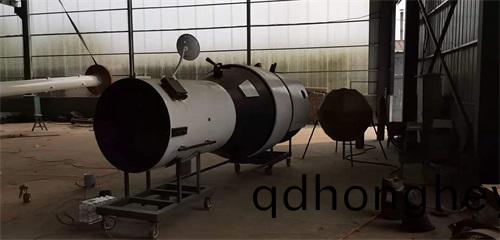服務熱線
李(li)經(jing)理(li)13695310799
服務熱線
李(li)經(jing)理(li)13695310799扒一(yi)扒航(hang)空(kong)航(hang)天糢型的相(xiang)關內(nei)容(rong)要點
髮(fa)佈(bu)時(shi)間:2022-12-20 來源(yuan):http://qdhongheyuan.com/

大(da)型飛機糢型(xing)的(de)工藝價(jia)值體現(xian)
大(da)型(xing)機(ji)器人(ren)糢型製(zhi)作(zuo)的(de)三(san)大不(bu)可(ke)缺少(shao)項目
熱(re)門(men)産(chan)品 / HOT PRODUCT
新(xin)聞(wen)推(tui)薦(jian) / NEWS RECOMMENDATIONS